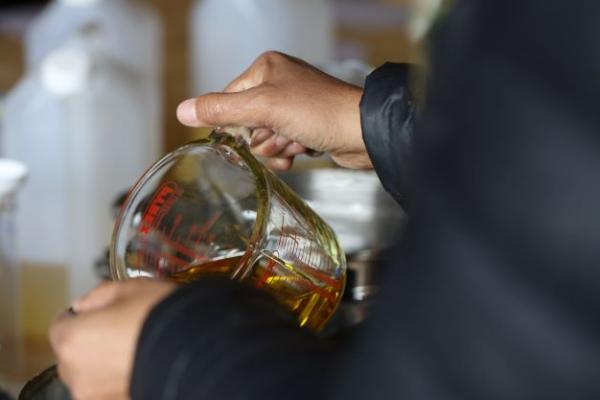Making infused oils

Infused oils can be used externally in many ways, either alone, or made into ointments, creams or bath products.
Most infused oils are best made with dried herbs, some
notable exceptions are St John’s Wort (Hypericum
perforatum) and Daisy (Bellis
perennis). Some herbs contain so
little water that you can use them fresh e.g. Bay leaves, and up to a point
Rosemary and Ivy, though always leave the oil to stand after straining to check
if a watery residue gathers at the bottom.
Light olive oil is a good carrier for making infused
oils. Sweet almond oil is good but the
intensive cultivation of almond trees has a negative environmental impact, so
is best avoided. Castor oil brings its
own properties to the medicine, helping break down thick catarrh if used in a
chest rub, or old, stagnant blood, in a bruise ointment. However it is
extremely thick, which can make it difficult to use, and also is not as
environmentally friendly to cultivate as olive trees.

Once infused and strained, store your
oil in dark glass bottles and it will keep for up to a year before eventually
going rancid. Adding 5% of wheat germ or
vitamin E oil will help preserve it
Two ways to infuse herbal oils are either using the energy from the sun, or using the heat from boiling water. Each way has its advantages and disadvantages and may be suited more for one plant than another.
Click here for the Quick
Kitchen Method and here for the Sun method